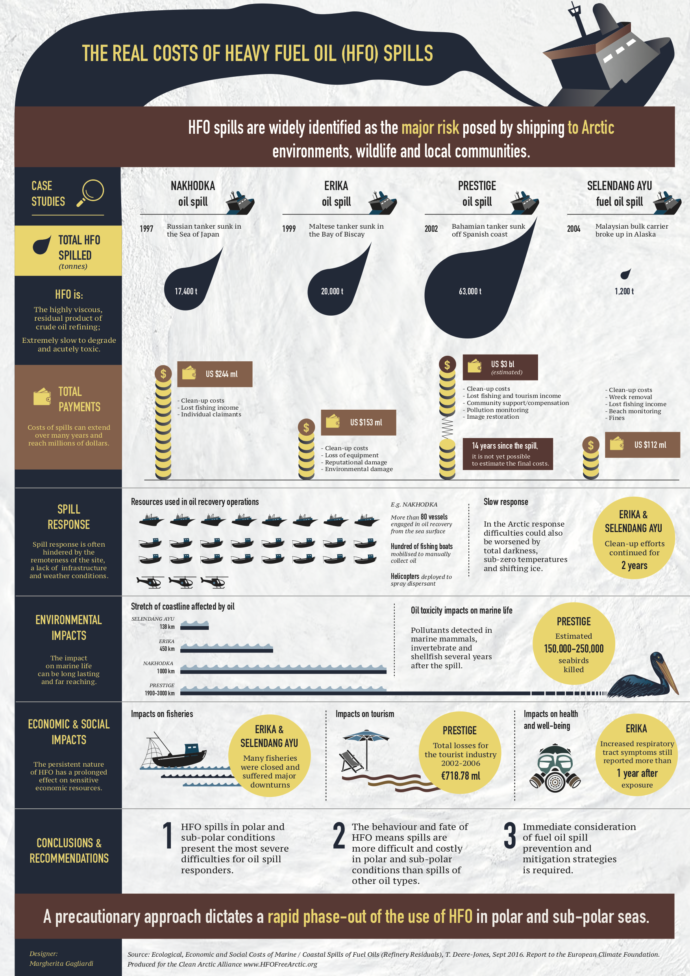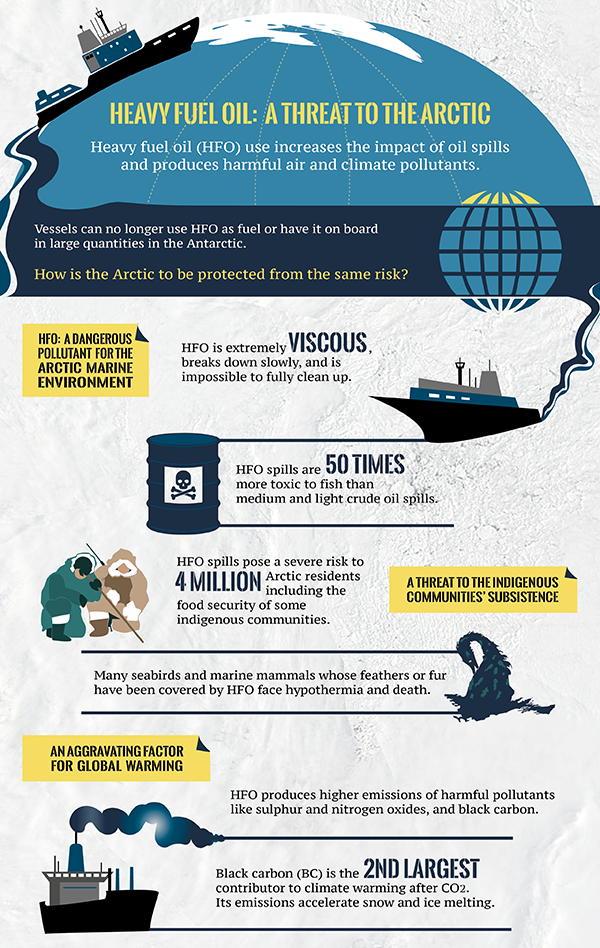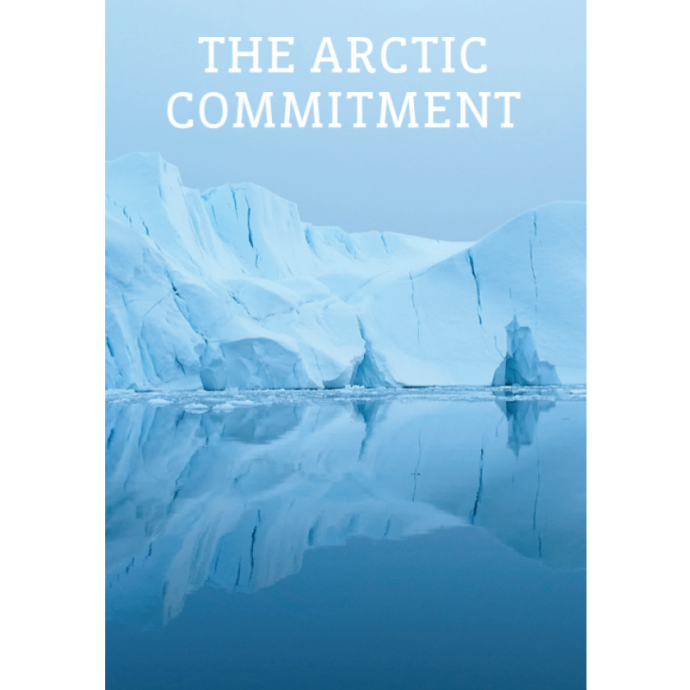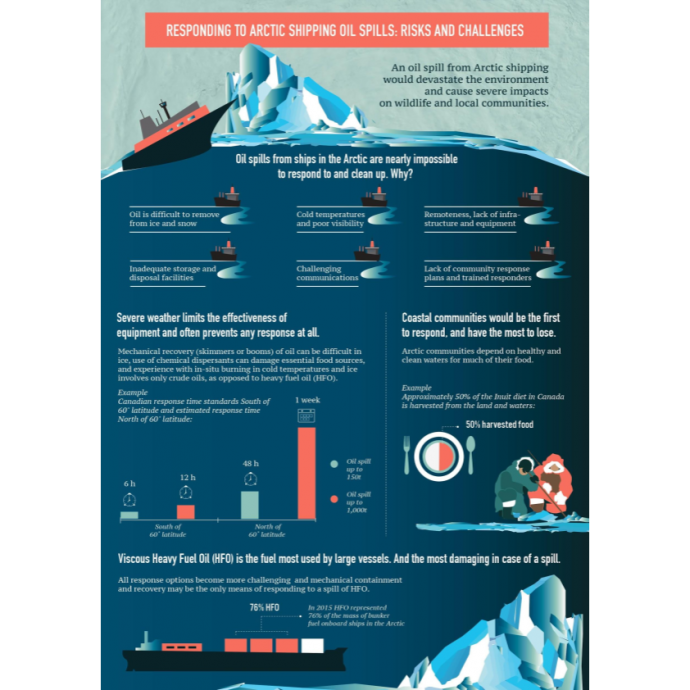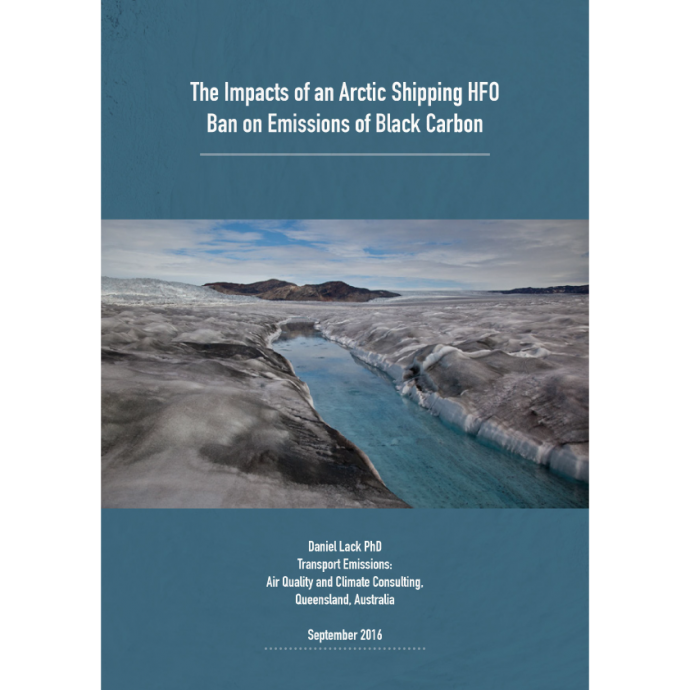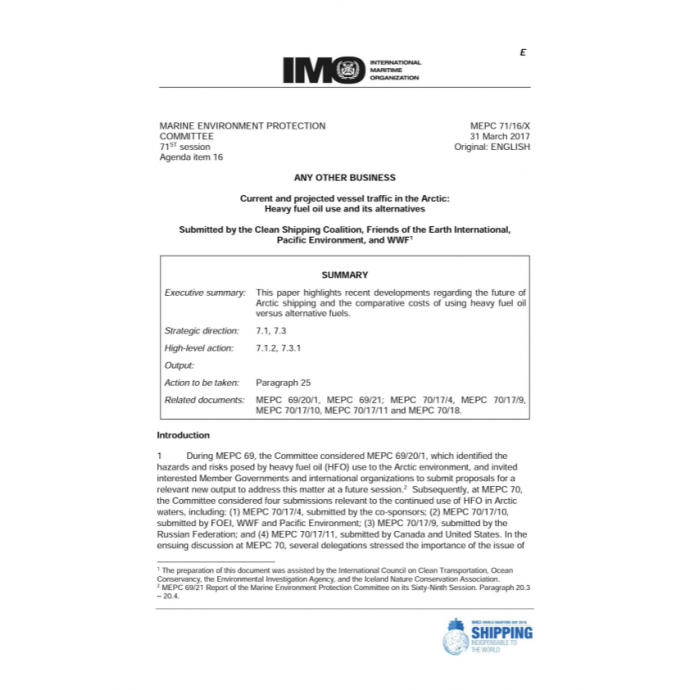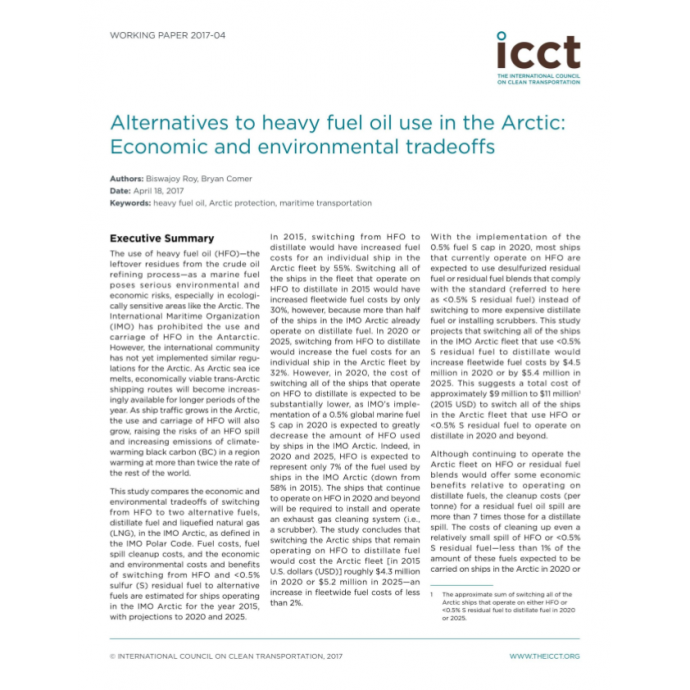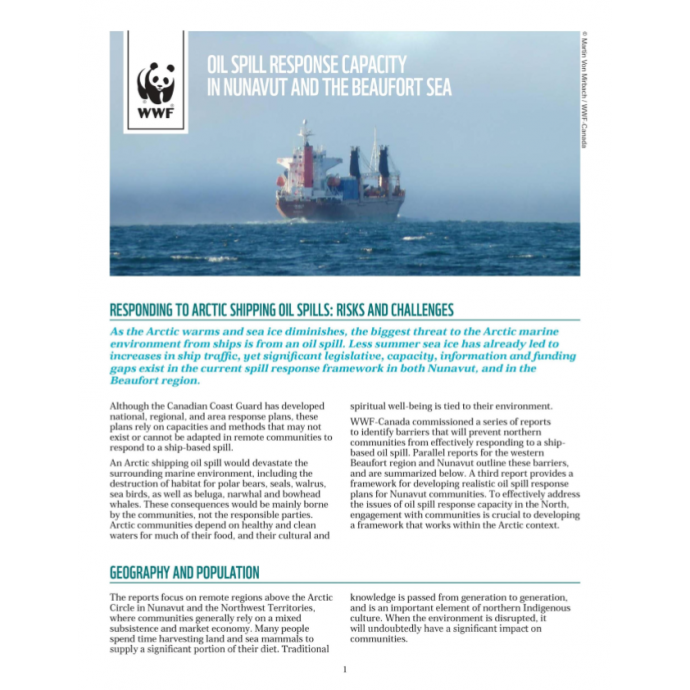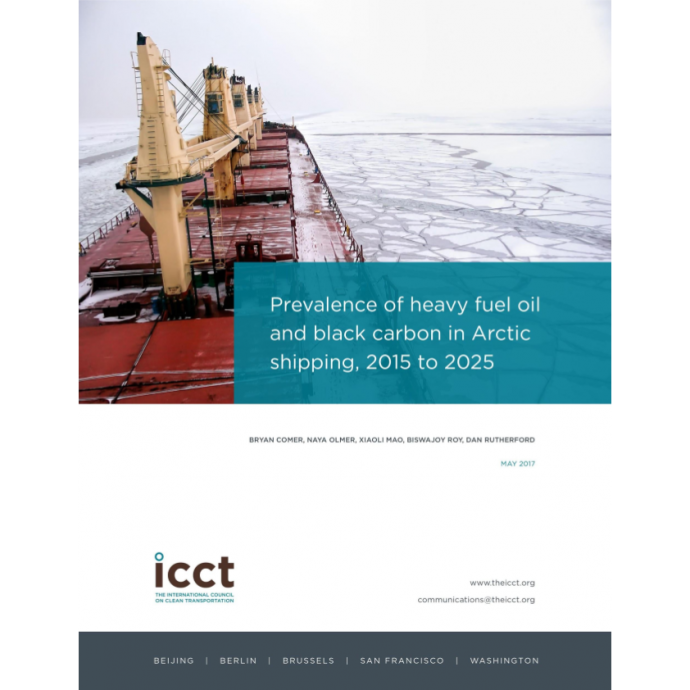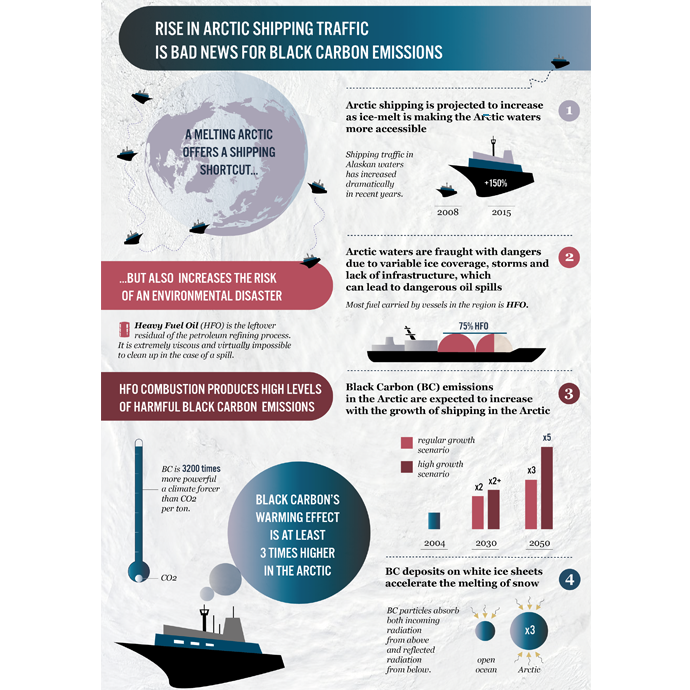Infographic: The real costs of HFO spills
Drawing on the lessons from the social, economic and environmental costs of four major heavy fuel oil spills, this document highlights how a precautionary approach should be applied to protect the Arctic environment from the disastrous consequences of a potential HFO spill.

